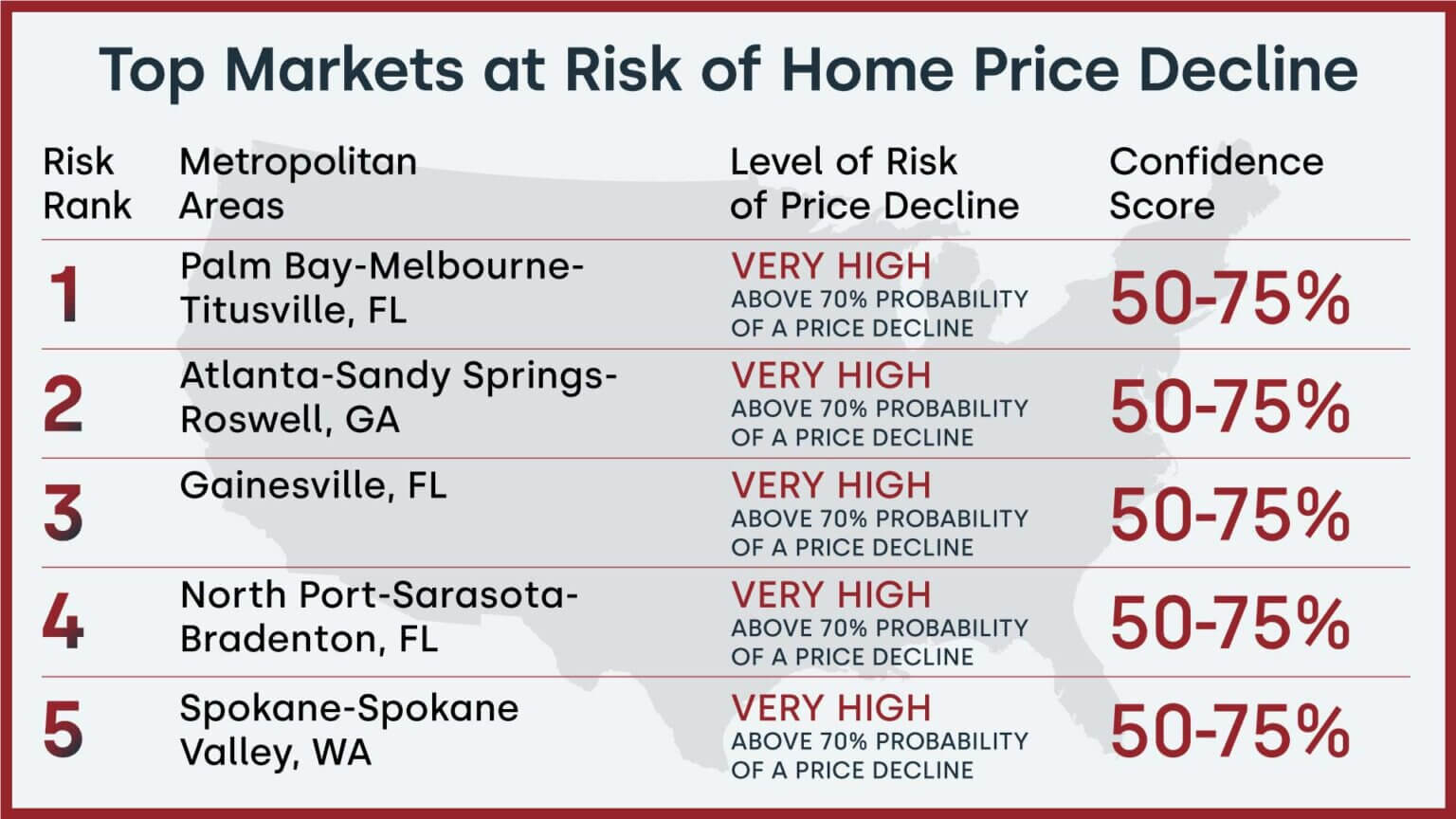Ah, New York City. The city that never sleeps, the land of opportunity, and…a place with notoriously expensive housing. If you're dreaming of owning a house in the heart of the Big Apple, you might be wondering: just how much will it set you back?
The truth is, there's no one-size-fits-all answer. The cost of a house in New York City can vary greatly depending on several factors:
- Borough: Manhattan is by far the most expensive borough, with Brooklyn and Queens following behind. Staten Island and the Bronx tend to have lower home prices. Manhattan boasts iconic areas like Soho and Tribeca, where luxury high-rises and trendy apartments push housing prices through the roof. Brooklyn offers a more diverse range, with areas like Park Slope and Brooklyn Heights commanding premium prices for brownstones and townhouses, while further out neighborhoods might offer better value for detached homes.
- Neighborhood: Prices can fluctuate significantly within each borough. Trendy areas like Soho or Tribeca will cost a premium, while more residential neighborhoods might offer better value. Even within a specific neighborhood, factors like proximity to parks, subway lines, and schools can influence housing costs.
- Size and Style: A detached single-family home will naturally cost more than a townhouse or condo. Square footage also plays a big role. Expect sprawling luxury estates in certain areas to come with a multi-million dollar price tag, while cozy apartments will obviously be more affordable.
Here's a breakdown to give you a general idea:
Average Price: $453,138 – $2 million+
Median Listing Price (as of February 2024): ~$825,000
Beyond Averages: A City of Diverse Options
Remember, these are just averages. New York City offers a range of housing options at various price points, catering to a diverse range of budgets and lifestyles. Here are some examples:
- High-End: Luxury homes in Manhattan can easily reach into the millions (think $10 million and up). These sprawling estates boast multiple floors, prime locations, and top-of-the-line amenities.
- Mid-Range: Townhouses in Brooklyn or Queens might range from $500,000 to $1 million. These charming homes offer a taste of classic New York living with a bit more space than a typical apartment.
- More Affordable: Staten Island and some areas of the Bronx can offer detached houses for under $500,000. These neighborhoods may provide a more suburban feel with a connection to the city through commuter rail lines.
Housing affordability remains a significant challenge for both prospective renters and homebuyers, particularly for those who are not among the wealthiest. According to data from StreetEasy:
Median Sales Prices:
- In 2023: The median sales price for homes that sold was $764K.
- Decrease: This was a 2% decrease from the record high of $782K observed in 2022.
- Recovery: By early 2024, the median sales price rose again to $785K.
Comparison with Pre-Pandemic Levels:
When compared with the period before the pandemic, it's evident that the median home price in the city has risen less dramatically than the national average:
- Local Increase: The median home price in the city has increased by approximately 16%.
- Nationwide Increase: In contrast, the national median home price has surged by 42%.
This discrepancy corresponds to an average annual price growth of around 4% locally and 10% nationally.
Finding Your Dream Home in the Concrete Jungle
If you're serious about buying a house in New York City, here are some next steps:
- Refine Your Search: Consider which borough and neighborhood best suit your needs and budget. Make a list of your priorities – proximity to work, access to green spaces, school districts – and narrow your search accordingly.
- Work with a Real Estate Agent: A good agent can help you navigate the competitive New York City market. They'll have expertise in specific neighborhoods, can connect you with appropriate listings, and guide you through the negotiation process.
- Get Pre-Approved for a Mortgage: Knowing your budget beforehand is crucial. Pre-approval gives you a clear idea of how much house you can afford and strengthens your position when making offers.
New York City might have a hefty price tag, but it also offers an unparalleled lifestyle. By understanding the housing market and doing your research, you can increase your chances of finding your dream home in this one-of-a-kind city. Remember, there's something for everyone in the Big Apple, so don't be discouraged by the high numbers – with the right approach, you can find your perfect piece of the NYC dream.
It's important to note that these figures represent median prices, which means that half of the homes sold for more than these amounts, and half sold for less. The New York housing market is complex and dynamic, with prices influenced by economic factors, interest rates, and local demand.
For those interested in purchasing a home in New York City, it's advisable to research the current market trends and consult with real estate professionals who can provide detailed information and guidance tailored to specific needs and budgets.












